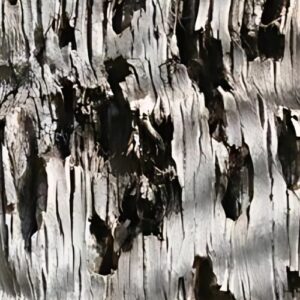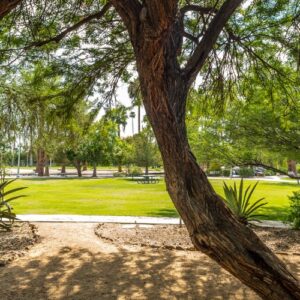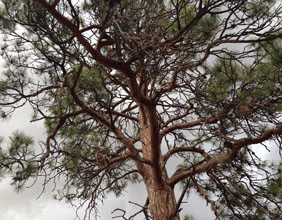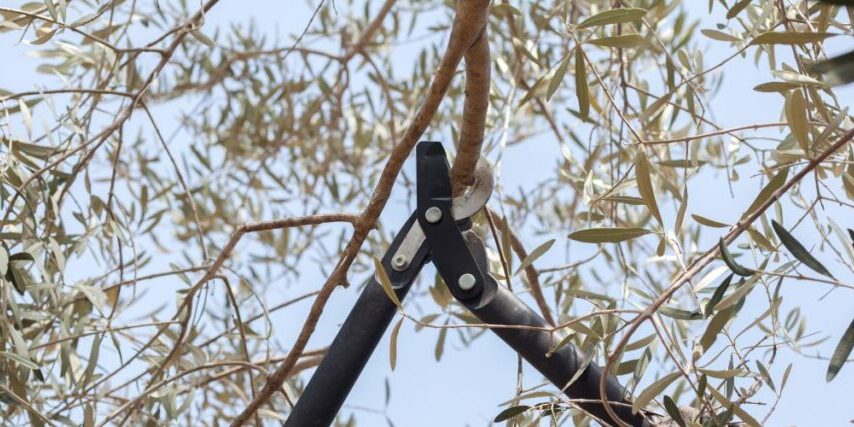
You may think of tree pruning or trimming as something that’s done to improve the looks of your tree, but did you know that professional tree pruning can also benefit your tree’s health?
This also means that if trees are pruned incorrectly, it can cause damage.
In this article, we’ll go over five pruning trips for healthier desert trees:
- Prune to remove dead, damaged, or diseased branches
- Prune to allow more sunlight and airflow
- Don’t over prune and be selective when pruning
- Prune to encourage proper growth and structure
- Prune to promote flowering and fruit production
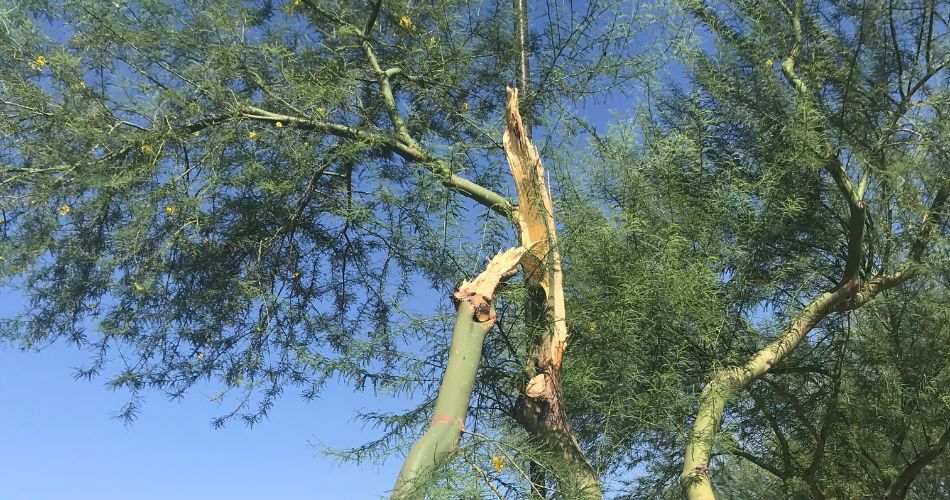
Prune to Remove Dead, Damaged, or Diseased branches
Thanks to the intense monsoon storms, microbursts, and strong winds we encounter in the North Phoenix area, it is essential to prune out any branches or limbs that could become projectiles in extreme weather.
Dead Branches
Dead branches can become brittle and fall at any time. If you notice one section of your tree does not have foliage or if some tree branches are a different color, they are likely dead. Schedule professional pruning to quickly and safely remove dead tree branches before they cause more damage.
Note that if a significant number of branches are dead, it may be time to remove the entire tree.
Damaged Branches
Branches that are cracked, missing bark, or otherwise damaged should also be pruned out. Damaged branches can be entry points for many pests and diseases, so removing them can save your tree from future issues.
Damaged branches also have the potential to fall during the next strong wind or monsoon. Check your tree for any cracks, rough edges, or missing bark.
Diseased Branches
Trees will let you know when they are under attack. You may notice leaves or needles changing color, curling, or dropping. Or you may notice sections of your tree that don’t have any leaves or needles. Check these sections of your trees for any signs of pests or disease, such as tiny insects, hidden webs, cankers, or dark spots.
If a tree professional confirms that small sections of your trees are diseased, they may be able to remove those sections to prevent the rest of your tree from becoming infected. However, some pests and diseases impact the entire tree. Talk to a tree professional, such as those at Titan Tree Care, to discuss your options.
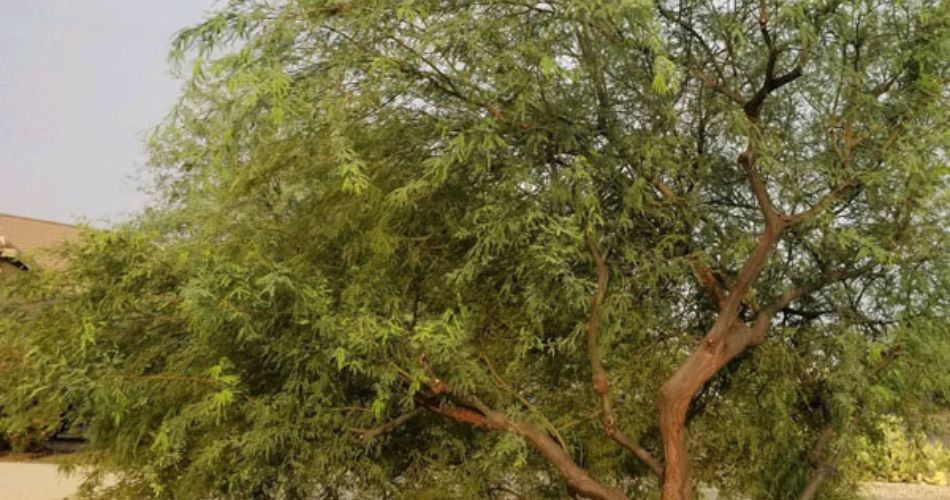
Prune Overgrown Trees
Many of our desert trees can have a twisted mess of branches if not pruned properly. While you want to maintain the native form of trees whenever possible, remove some branches, especially if they are crossing each other or are causing the tree’s structure to be uneven.
Overgrown trees can impede foot traffic in some areas or touch your home or other buildings, making them more likely to sustain damage. Ensure your trees do not touch any buildings and that pedestrians can walk on any sidewalks or driveways.
Selectively pruning out some tree branches can also help increase the airflow in the tree canopy and allow light to filter through, which is important for photosynthesis. Just be sure not to remove too many branches. Otherwise, parts of the tree newly exposed to the harsh Arizona sun may suffer from sunscald or sunburn.
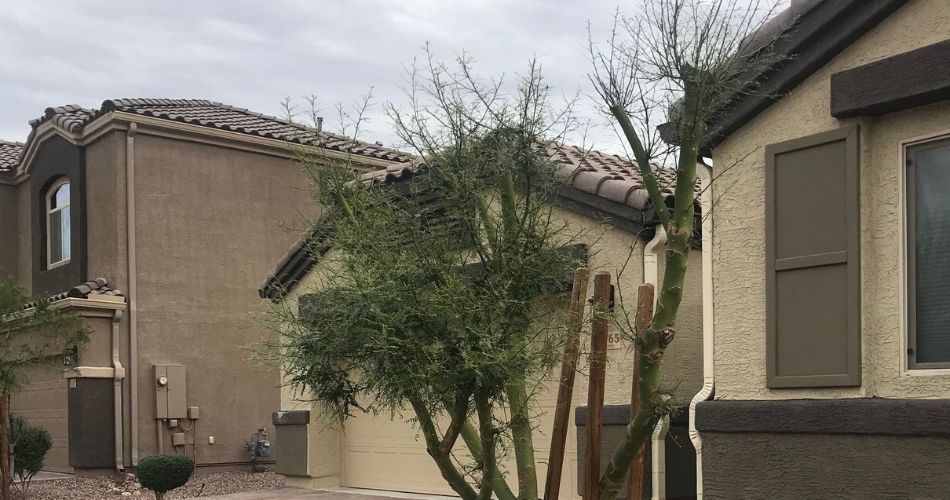
Don’t Overprune and Be Selective When Pruning
It is crucial never to prune more than 25% of a tree’s canopy each year. Pruning out any more than that can negatively affect the tree’s health.
Trees rely on leaves (and in some cases, like palo verdes, on green bark) for photosynthesis to create energy, so if too much of their energy source is removed, the trees will become stressed and more susceptible to many issues.
Leaves, needles, and branches are all living parts of a tree, and if you remove too much of its living tissue, the tree will decline.
Pruning cuts should also be made selectively. A tree care professional will know how to make fewer pruning cuts to achieve the desired result.
And remember, tree topping or liontailing may seem like the “correct” way to prune trees if you’ve seen it done in some places, but it is incredibly damaging and, in some places, against the rules.
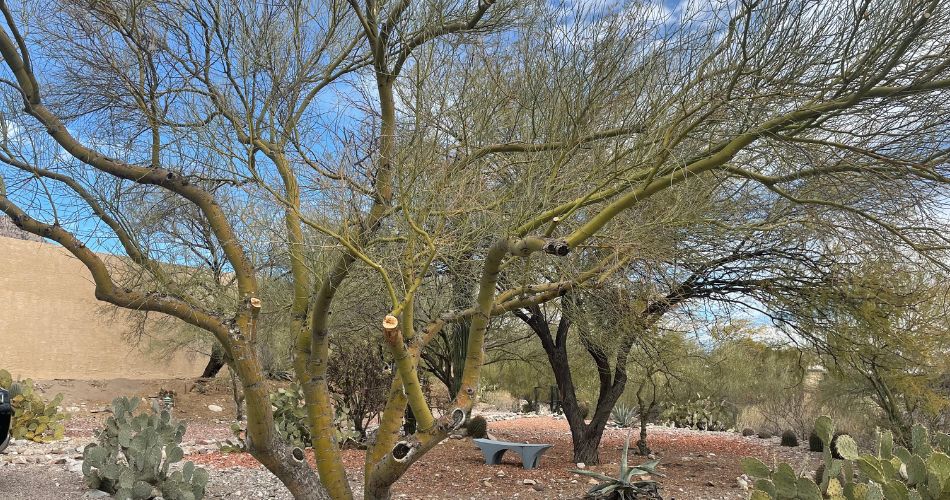
Prune to Encourage Proper Growth and Structure
While many of our desert trees don’t appear to have much structure, some types of trees can benefit from early pruning to help correct branch structure and the overall size and shape of the tree.
Palo verde trees, for example, may need to be pruned to elevate the canopy and to ensure it remains well-balanced. Olive trees also benefit from structural pruning to improve their growth and appearance.
Trees with codominant stems, or more than one main trunk, can have structural weaknesses, making them more prone to fall during storms. Certain types of pruning, including crown reduction pruning, can help reduce the torque on the codominant stems.
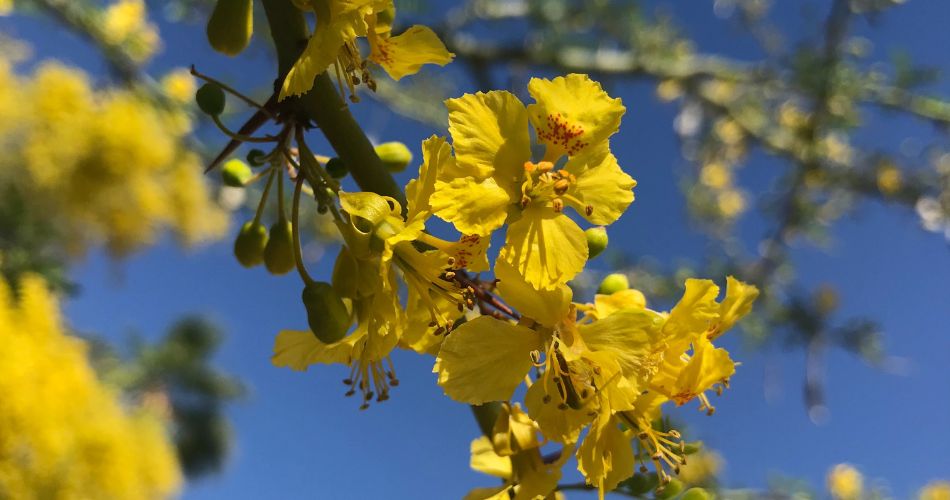
Prune to Promote Flowering and Fruit Production
Did you know regular pruning can produce more flowers or fruit on trees? Pruning citrus trees, fruit trees (including pomegranate trees), and flowering trees encourage more flowering and, thus, more fruit production.
Fruit Trees Benefit from Pruning
Fruit trees need airflow and adequate sunlight, and pruning out some of the branches can help open up the canopy, leading to larger and better-tasting fruit. Competing branches can also be removed, improving the overall health of the tree.
Pests and diseases can hide in branches that grow too closely together, so removing branches is also a method of insect pest and disease control.
We recommend pruning any fruit trees (that are being grown for fruit production) during the dormant season, which is usually during the winter months.
Flowering Trees Benefit from Pruning
Many trees and shrubs in North Phoenix bloom beautifully at various times of the year. Knowing what type of flowering trees you have and when is the best time of year to prune them is important.
Palo verde trees, for example, often bloom around May, so they should be pruned after they have bloomed if you want them to flower. Pruning before then may decrease the number of flowers produced that year.
Texas mountain laurels only bloom on old wood, so they should be pruned sparingly, removing only dead, damaged, or diseased wood when needed.
Titan Tree also offers a type of pruning known as “debris reduction” pruning. This is pruning to minimize the amount of tree litter (leaves, flowers, seeds, seed pots, etc.) that falls on your property. Debris reduction pruning is most beneficial from January through March before flowers or seeds are produced.
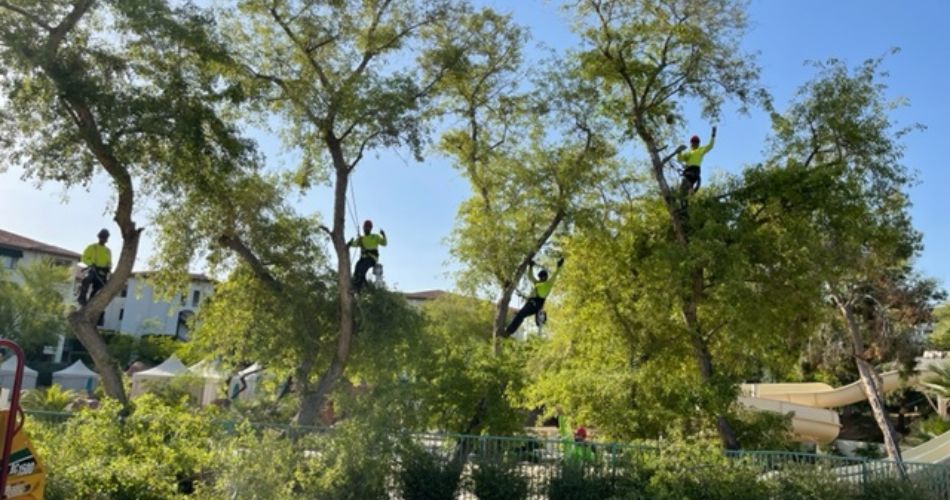
Schedule Professional Tree Pruning with Titan Tree
Now that you know that professional pruning can benefit the health of your trees in many ways, schedule your tree pruning today! Well-maintained trees are healthier, can withstand more extreme weather situations, and tend to live longer.
Learn more about our tree pruning services.
If you know it is time for your trees to benefit from professional pruning or trimming, or if you have questions about the correct methods or timing, contact Titan Tree to request an estimate.
More Articles Like This

Titan Tree Care is a full-service tree care company located in Anthem, AZ and serving all of North Phoenix. We offer a wide range of services to meet your tree care needs, including tree and palm trimming, tree pruning, tree removal, stump grinding, and more. We also offer insect or disease treatments and fertilization services. We are dedicated to providing high-quality, safe, and effective tree care services to our customers and work hard to ensure that your trees are healthy and look their best.






